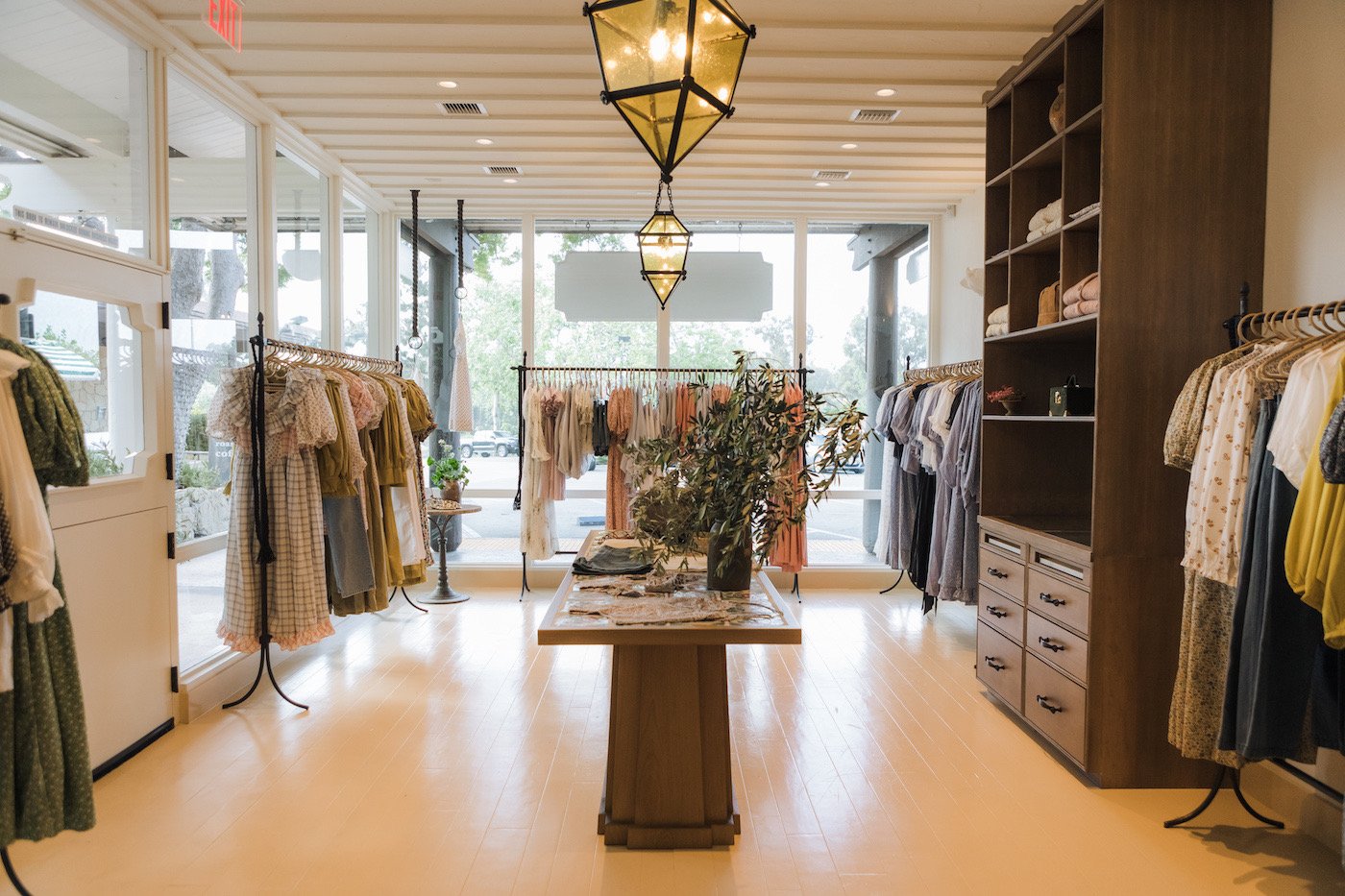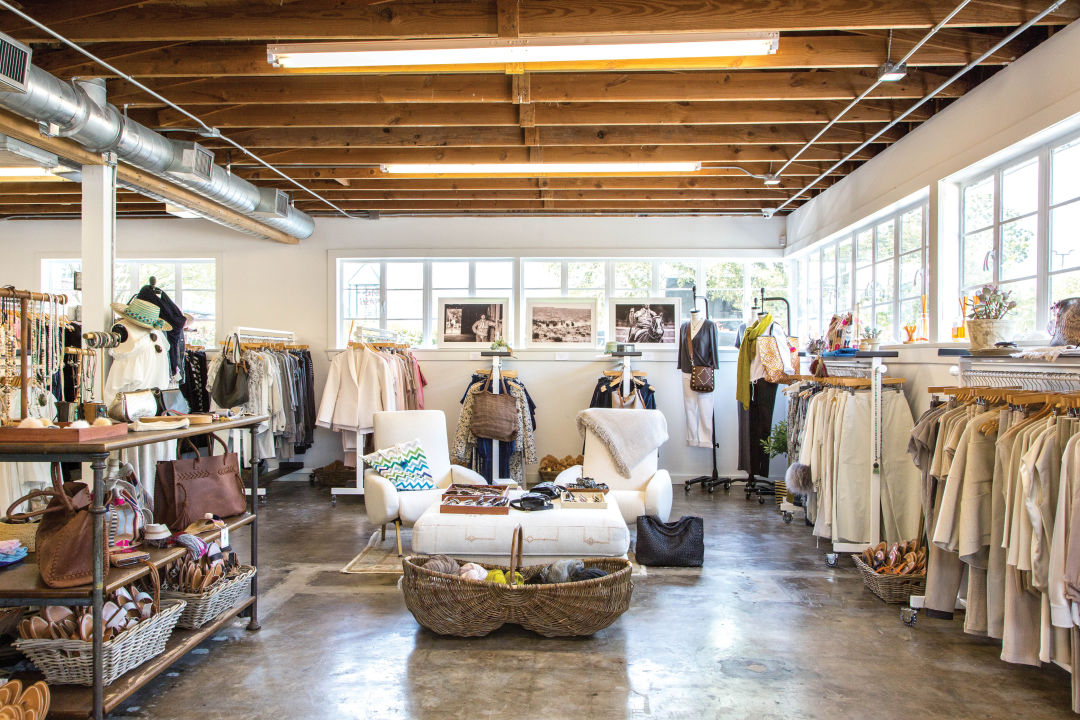Exploring the World of Lasting Boutique Fashion Brands
Exploring the World of Lasting Boutique Fashion Brands
Blog Article
Lasting Fashion: How Eco-Friendly Apparel Is Shaping the Future of Style
As the style market faces increasing analysis over its ecological effect, the rise of sustainable style supplies a promising option that aligns design with environmental obligation. boutique fashion. How does this activity genuinely influence the future trajectory of style, and what obstacles exist ahead in its prevalent fostering?
Innovative Lasting Products
As the garment industry faces its ecological impact, cutting-edge sustainable materials have actually arised as an essential remedy for minimizing ecological impacts. Among one of the most encouraging products are those stemmed from natural, eco-friendly resources, such as organic cotton, hemp, and bamboo. These products not just minimize reliance on fossil fuels but also decrease hazardous chemical usage and water intake. Organic cotton, for example, uses considerably less water than conventional cotton and eliminates the demand for poisonous chemicals, consequently protecting soil health and wellness and biodiversity.
In enhancement to plant-based products, advancements in biofabrication have actually brought about the development of lab-grown fabrics. Mycelium leather, originated from mushroom roots, offers a flexible and naturally degradable choice to pet natural leather. Its manufacturing results in considerably lower carbon discharges and water usage, making it a more sustainable choice for stylist seeking to line up with eco-friendly practices.
Recycled materials are also getting grip, with polyester made from recycled plastic containers standing for a substantial development. This advancement not just diverts plastic waste from oceans and land fills however also minimizes power consumption compared to generating virgin polyester. With each other, these products underscore the capacity for a much more sustainable fashion business, leading the way for environmentally aware design and production.
Eco-Conscious Production
Building on the advancements in sustainable products, the fashion industry is likewise re-evaluating its manufacturing procedures to even more decrease ecological effect. Secret methods include reducing water consumption, reducing carbon emissions, and removing unsafe chemicals.
An additional vital facet is the reduction of harmful chemicals traditionally made use of in dyeing and completing textiles. Eco-conscious suppliers are shifting in the direction of plant-based dyes and waterless dyeing technologies, which not only safeguard regional environments but also boost employee safety. Developments like digital printing decrease fabric waste and energy usage, supplying a cleaner alternative to typical techniques.
Additionally, openness and traceability have actually ended up being extremely important. With the advancement of blockchain modern technology, firms can currently give in-depth insights right into their supply chains, making sure ethical and environmentally pleasant practices at each action. This openness constructs customer trust fund and urges brand names to keep high sustainability criteria. As the demand for eco-conscious items expands, makers are forced to innovate, making certain that the future of style is both fashionable and lasting.
The Increase of Upcycling
Upcycling, a transformative practice in sustainable style, involves artistically repurposing discarded products into new, high-grade products. This innovative strategy not just reduces waste but additionally diminishes the demand for raw materials, therefore lessening the ecological influence of apparel production. By reimagining and reconstructing existing items, developers and style brand names have the ability to infuse originality into their collections while advertising ecological duty.

Additionally, the upcycling activity has actually equipped small organizations and independent designers, that commonly lead in development as a result of their agility and creativity. By maximizing the bountiful accessibility of extra materials, these entities add to a round economy, demonstrating that fashion can be both lasting and trendy. Through upcycling, the sector takes considerable strides towards an extra accountable and conscious future.
Thrift Culture's Influence
The blossoming thrift society dramatically reshapes the landscape of lasting fashion, stressing the value of mindful intake. This cultural change encourages customers to accept used clothing, consequently reducing the need for new garment manufacturing and lessening environmental influence. Thrift purchasing not just expands the lifecycle of clothing but additionally decreases the carbon impact connected with production, transporting, and dealing with apparel.
A vital element of thrift culture is its democratization of fashion. By offering a vast range of designs from different eras at budget friendly rates, thrift stores make style easily accessible to a more comprehensive audience. This accessibility cultivates a feeling of individuality and creative thinking, as consumers mix and match one-of-a-kind pieces to curate individualized closets without contributing to the quick style cycle.
Additionally, second hand society promotes more information circularity in fashion, lining up with the principles of a round economic situation. As more developers and consumers accept second hand culture, the fashion industry is forced to adjust, incorporating sustainable methods to meet the growing demand for eco-conscious options.

Future Trends in Fashion
Fashion's advancement is significantly shaped by technological technologies and sustainability-driven campaigns. One popular pattern is the rise of digital fashion, where digital garments can be worn in enhanced reality atmospheres, significantly reducing fabric waste.
Furthermore, the integration of blockchain modern technology uses new opportunities in transparency and traceability, allowing customers to confirm the sustainability qualifications of their garments. boutique fashion. This guarantees liability in supply chains and promotes moral sourcing methods. 3D printing is yet one more advancement that guarantees websites to transform making procedures by making it possible for on-demand production, thus minimizing excess inventory and waste
In addition, the advancement of bio-fabricated products, such as lab-grown leather and plant-based textiles, provides lasting choices to standard materials. These innovations decrease reliance on pet products and resource-intensive crops. As these technologies develop, they are poised to transform the fashion landscape, combining design with sustainability. The future of style, therefore, exists in a seamless blend of technology, innovation, and eco-friendly obligation.
Verdict
The improvement of the style market via sustainable methods indicates a crucial shift towards ecological responsibility. This evolution not just straightens style with eco-friendly sustainability but additionally establishes a criterion for future patterns focused on obligation and development.
As the style industry encounters enhancing examination over its environmental influence, the increase of lasting style provides a promising choice that straightens style with eco-friendly duty.As the fashion sector grapples with its environmental influence, cutting-edge lasting materials have arised as an important solution for lowering ecological footprints. Together, these materials underscore the possibility for a more sustainable fashion sector, leading the method for eco mindful design and production.
Structure on the innovations in lasting products, the style sector is likewise re-evaluating its production procedures to even more reduce environmental impact. boutique fashion.Upcycling, a transformative method in sustainable style, entails artistically repurposing thrown out products into new, high-quality products
Report this page